Introduction
OpenAI’s Chat GPT is a sophisticated language model that aims to mimic real conversations between humans and machines. In this article, you are going to learn everything you need to know about Chat GPT that everyone is talking about.
Natural language processing (NLP) has been transformed by this approach, which has emerged as one of the most potent tools for text-based applications including chatbots, customer support, and content production. In this article, we’ll go over all you need to know about ChatGPT, including its history, features, and possibilities in the future.

The Development of Chat GPT
A deep learning system that has been trained on a sizable amount of text data from the internet forms the basis of ChatGPT. The model is based on Google’s 2017 introduction of transformer architecture. A particular kind of neural network called transformer architecture enables the model to process and comprehend lengthy text data sequences. For language modeling tasks like creating cohesive sentences and foretelling the next word in a sentence, this architecture has shown to be quite effective.
In 2018, OpenAI published GPT-1, the initial iteration of ChatGPT. This model, which has 117 million parameters, was developed using a massive internet-sourced text dataset. Despite its outstanding performance, later models of the model that had more parameters and were trained on bigger datasets beat GPT-1.
In 2020, OpenAI released ChatGPT GPT-3, the most recent version. This model is the largest and most potent language model to date, with 175 billion parameters. Based on a given prompt or topic, GPT-3 is able to produce meaningful sentences, paragraphs, and even full articles. It has received accolades for its capacity to comprehend the context and produce responses that seem human, making it an excellent tool for chatbots.
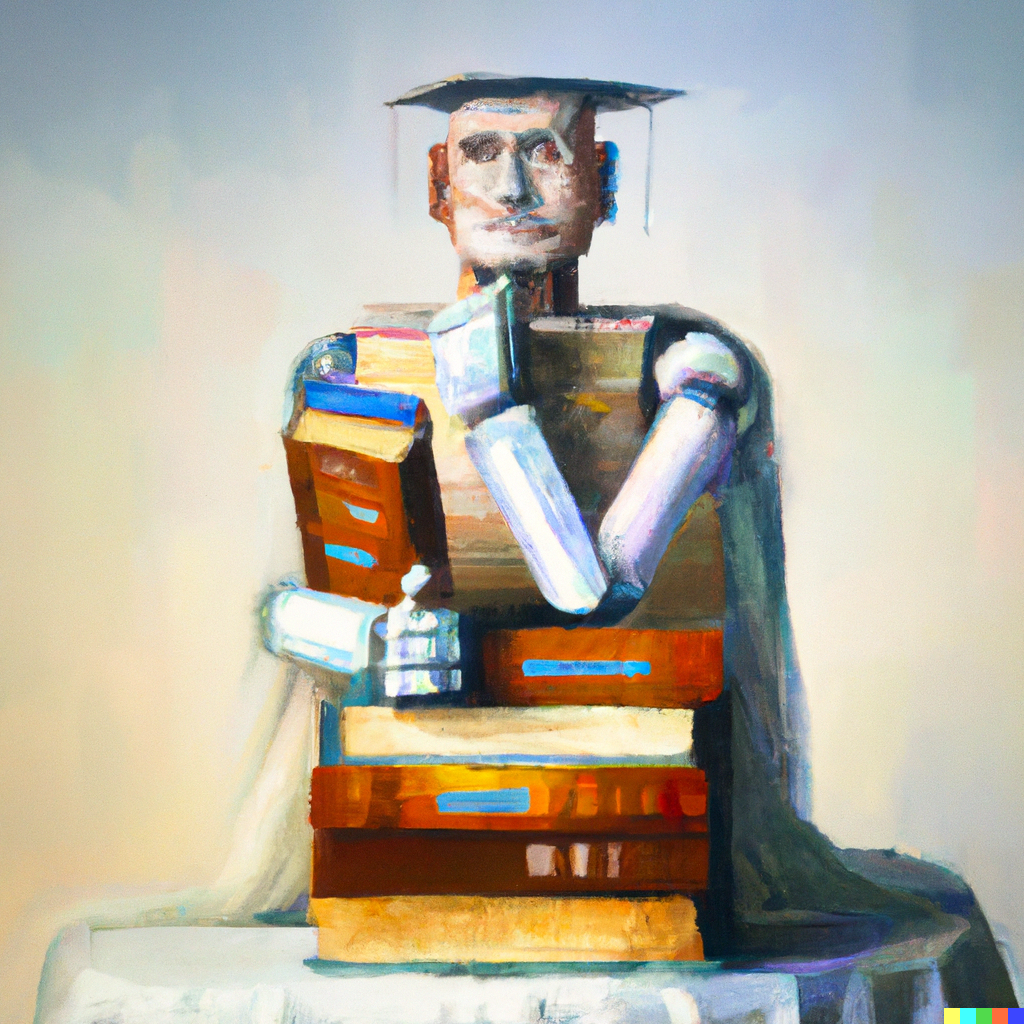
Capabilities of Chat GPT
A wide range of language-related tasks, such as text completion, text generation, translation, summarization, and even question-answering, can be accomplished with ChatGPT. Its ability to comprehend and react to user-provided natural language makes it the perfect tool for chatbots and customer support.
Text completion
Based on an inputted command, ChatGPT can finish a sentence or a paragraph. For instance, it can finish the phrase with “quick brown fox” if you give it the prompt “‘Quick brown fox’ complete this sentence.” This function is especially helpful for writing aid and content production.

Text generation
Based on a given topic or suggestion, ChatGPT can produce prose that is cohesive and human-like. Product descriptions, news pieces, and even creative writing can be produced using it. The sphere of content development could undergo a revolution thanks to this function, which would make it quicker and more effective.

Translation
Text can be translated between languages using ChatGPT. Businesses that operate in various nations and must communicate with consumers in a variety of languages may find this capability to be especially helpful.

Summarization
Long texts can be condensed into shorter summaries by ChatGPT. While reading news stories or research papers, where the user needs to quickly grasp the major ideas of the text, this feature is quite helpful.

Question-answering
ChatGPT can respond to inquiries based on a specified prompt or subject. When a consumer wants precise responses to their concerns, this capability is especially helpful in chatbots and customer service.

Using Chat GPT
You can use the research preview of Chat GPT for free from the open AI website. You will have to create a free account for this.
If you have trouble accessing the Chat GPT site, please refer to our Chat GPT error-resolving guide from here.
Limitations of Chat GPT
Although ChatGPT has some outstanding features, there are certain issues that need to be resolved. Its reliance on a lot of data is one of its key drawbacks. Large volumes of text data must be used to train the model for it to be effective. As a result, it might not work as well while performing jobs that call for particular knowledge or skill.
The potential for bias in the training data is another drawback for example. Because the data used to train ChatGPT was obtained from the internet, it might be biased and inaccurate. This could result in the model producing replies that are biased or erroneous, which could be harmful in some situations.
Chat GPT sometimes can produce sound and pro-looking answers that are actually nonsensical. Users might be convinced that such answers are actually right as the Chat GPT is communicating those in a serious and confident tone. Sometimes, it can produce nonsense that technically looks good but is meaningless or wrong.
Furthermore, because ChatGPT only supports text-based communication, not all apps may be appropriate for it. For applications like video conferencing or image recognition that require visual or auditory input, for instance, it could not work well.
Future Potential of Chat GPT
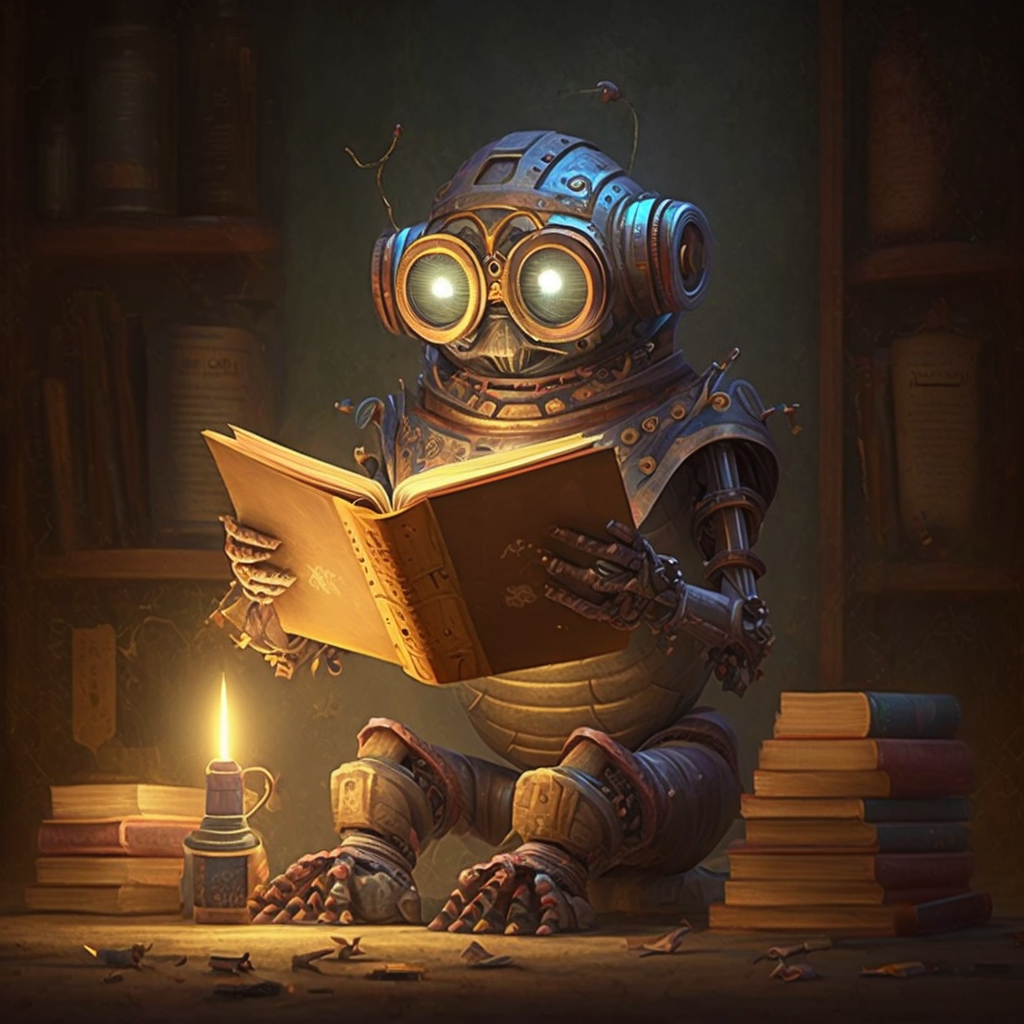
ChatGPT has the potential to revolutionize natural language processing and the way humans interact with robots, despite its drawbacks. It’s an excellent tool for chatbots, customer support, and content creation because of its capacity to comprehend the context and produce responses that sound human. In the future, a variety of applications, such as virtual assistants and automated content generation, are likely to leverage ChatGPT.
The sphere of education is another place where ChatGPT may find use. Chatbots powered by ChatGPT may offer students tailored and engaging learning experiences, assisting them in grasping difficult ideas and providing real-time answers to their queries. Students who are more involved and motivated as a result of this may learn more effectively and efficiently.
Healthcare is another industry where ChatGPT may find use. Patients can use ChatGPT-powered chatbots to help them navigate the healthcare system by answering their queries and giving them information about their diseases and treatments. Patients may become more knowledgeable and empowered as a result, and healthcare delivery may become more effective and efficient.
Conclusion
The field of natural language processing has been completely transformed by ChatGPT, an advanced language model. It is the perfect tool for chatbots, customer support, and content creation due to its capacity for context understanding and the generation of responses that resemble human speech.
ChatGPT, despite its drawbacks, has the potential to revolutionize how we connect with machines and create new opportunities for personalized and interactive communication. In the future, a variety of uses for ChatGPT are anticipated, ranging from healthcare to education and beyond. We can only speculate about ChatGPT’s potential and how it might affect our daily lives as technology advances.
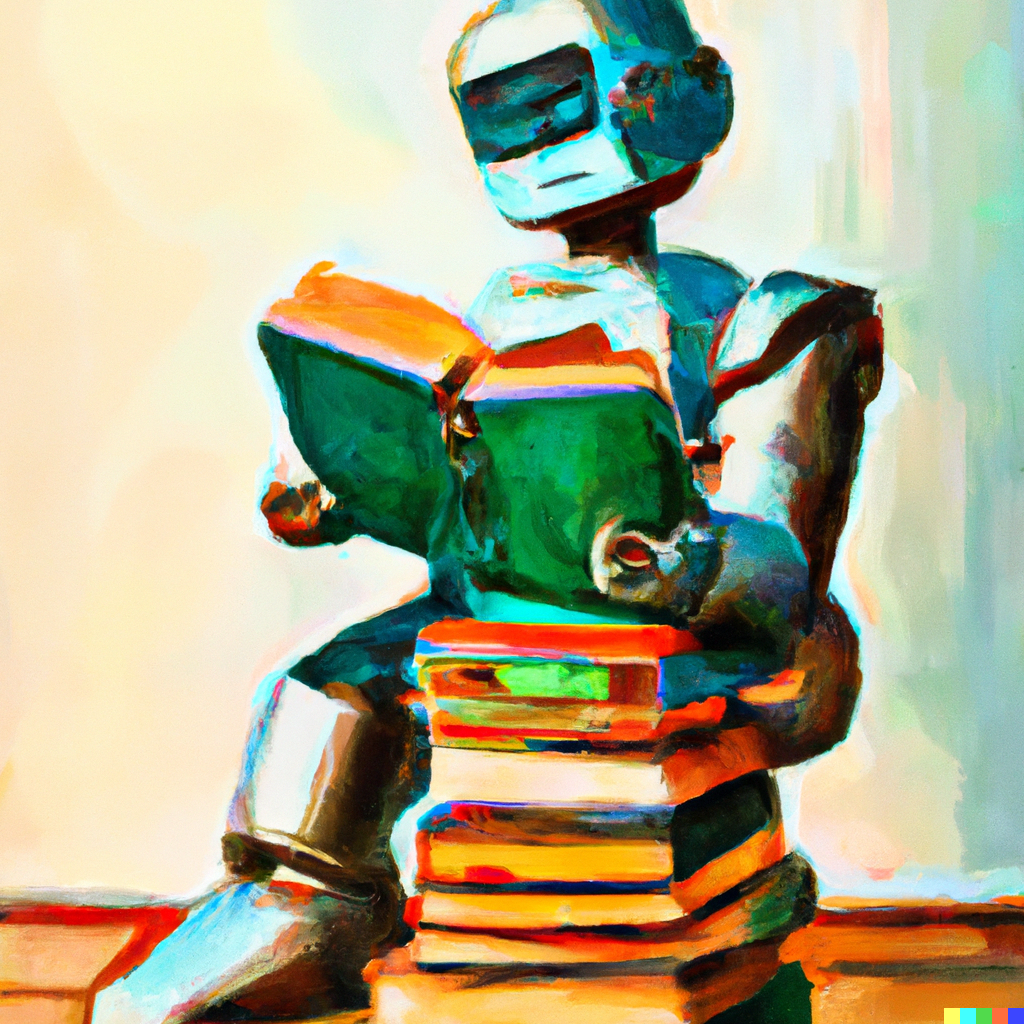
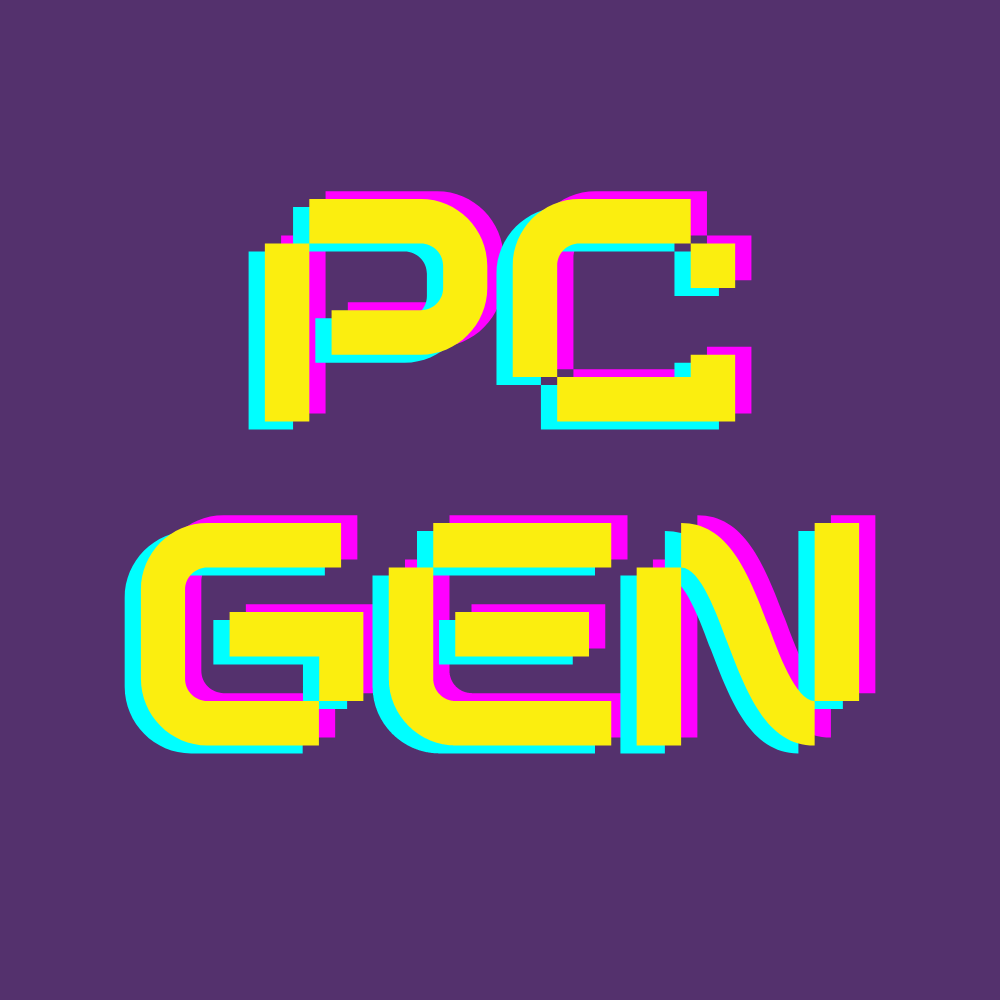

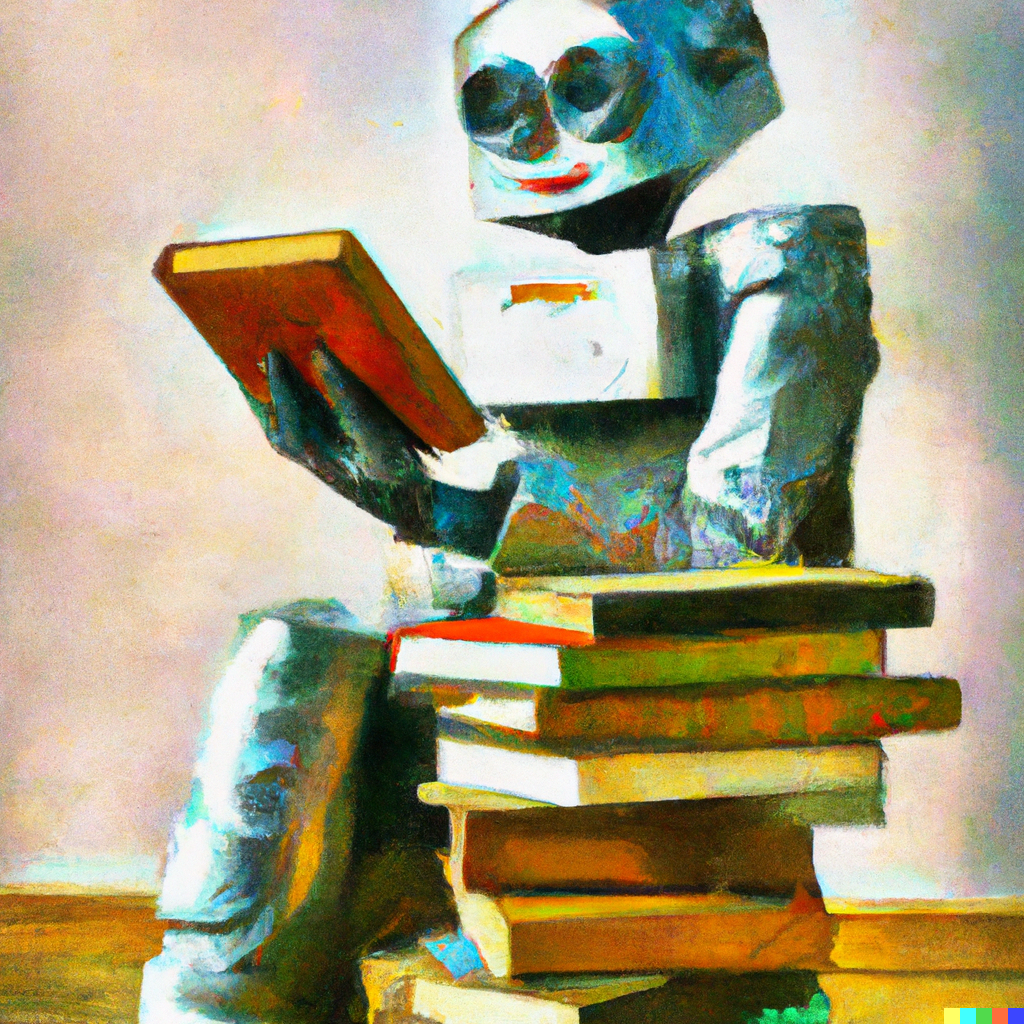
Leave a Reply